Apple is gearing up for what could be its most significant Mac launch in years, and it's not what you'd expect. While we're used to seeing the company push boundaries with premium features and sky-high price tags, 2026 might mark a dramatic shift toward affordability. Recent investor reports suggest Apple will debut three budget-friendly devices in Q1 2026, with a low-cost MacBook taking center stage alongside the iPhone 17e and an updated base iPad. This affordable MacBook will reportedly run on the A18 Pro chip, the same processor that powers the iPhone 16 Pro, and could cost well under $1,000. For a company that's never offered a laptop below the $999 MacBook Air price point, this represents a major strategic pivot toward competing directly with Chromebooks and budget Windows machines.
What makes this MacBook different from everything else?
Here's where things get interesting: Apple isn't just slapping a lower price tag on an existing design. This budget MacBook will feature an entirely new design approach that prioritizes affordability over premium materials. The device will sport a display smaller than the MacBook Air's 13.6-inch screen, with reports suggesting a 13-inch display size that utilizes a standard LCD panel without mini-LED technology or ProMotion refresh rates.
The real game-changer lies in Apple's chip strategy. Internal testing has shown that iPhone processors can actually outperform the Mac-optimized M1 chip used in recent laptops, which opens up entirely new possibilities for cost reduction. The A18 Pro delivers single-core performance comparable to Apple's latest M4 chip while being built on a second-generation 3-nanometer process.
This chip choice represents more than just cost savings – it's a fundamental rethinking of how Apple segments its product lines. By using iPhone processors in laptops, Apple can leverage its massive mobile chip production scale while delivering desktop-class performance in a completely new price category. The company probably won't prioritize a thin design for this model, focusing instead on functionality and thermal efficiency that the A18 Pro's smartphone origins enable.
Who is Apple really targeting with this move?
The strategy here isn't just about price – it's about ecosystem expansion into markets Apple has never seriously contested. Apple is working on this budget MacBook to compete with Windows and ChromeOS in the budget laptop market, targeting students, businesses, and casual users who've been priced out of the Mac ecosystem. More strategically, the company is also targeting would-be iPad buyers who may prefer a more traditional laptop experience rather than working on a tablet with a detachable keyboard.
Think about the current landscape: Apple's MacBook lineup has long lacked an affordable, entry-level model, with the MacBook Air starting at $999, which can be a stretch for many, especially students and families on tight budgets. By potentially pricing this new model between $599 and $699, Apple could capture massive market share in education and small business segments where ecosystem integration matters more than raw specifications.
For these target users, the performance capabilities align perfectly with real-world needs. The low-cost MacBook could handle tasks like browsing the web, watching videos, creating documents, editing photos, and light video editing, while supporting Apple Arcade titles but not high-end system intensive games. The projected battery life of up to 18 hours when watching videos or 15 hours when browsing the web could make it more compelling than many premium competitors for everyday productivity workflows.
The bigger picture: Apple's 2026 Mac strategy
This budget MacBook represents just one piece of Apple's most comprehensive Mac refresh in years. Most of Apple's Macs are slated to get M5 chips across 2026, with updates planned for everything from the MacBook Air to the Mac Studio. The MacBook Air will be one of the first Macs to get a 2026 refresh, receiving the M5 chip in the first few months of the year, while MacBook Pro models with M5 Pro and M5 Max chips are expected around the same timeframe.
But here's what makes this strategy particularly clever: this low-cost MacBook will not replace any existing Mac in Apple's lineup – it's purely additive. Rather than cannibalizing existing sales, the strategy focuses on capturing revenue from customers Apple could not reach before. Apple plans to ship 5 to 7 million units in the first year, suggesting they're serious about establishing a permanent foothold in the budget laptop market.
The production timeline indicates this isn't a hasty response to market pressures but a calculated long-term play. The device, internally codenamed "J700," is already in testing and early production with suppliers, with mass production expected to begin in Q4 2025 leading to an official launch in Q1 2026. This timing allows Apple to test market response without disrupting their premium product launches.
What this means for the computing landscape
If Apple executes this strategy successfully, we could witness a fundamental redistribution of power in affordable computing. Apple's move into budget laptops could reshape a space where Chromebooks and basic Windows machines have long ruled, and if Apple delivers its usual build quality and user experience below $700, competitors will feel real pressure.
The competitive implications extend beyond simple price competition. Consider the education market, where Google's Chromebooks have dominated largely due to cost-effectiveness and integration with Google Workspace. A MacBook offering full macOS compatibility, superior build quality, and seamless iPhone/iPad integration at comparable pricing could fundamentally alter institutional purchasing decisions. For small businesses already invested in Apple's mobile ecosystem, this creates an obvious upgrade path from basic Windows laptops.
Apple Silicon's efficiency and performance have fundamentally changed what's possible at lower price points, and using an iPhone processor in a Mac laptop opens the door to a more varied chip strategy that could reshape how the entire industry thinks about processor allocation across product tiers.
The timing couldn't be more strategic. The first half of 2026 could be an inflection point for affordable computing, especially as hybrid work models continue to drive demand for capable, portable machines that don't require enterprise-level budgets.
The bottom line: a calculated gamble worth watching
Apple's entry into the budget laptop market represents more than just product diversification – it's a test case for whether premium brands can compete on value without compromising their positioning in higher-tier segments. The early indicators suggest Apple has learned from past missteps with budget devices by focusing on smart component choices rather than simply removing features.
Budget Apple devices haven't exactly been runaway hits in the past, but the laptop market operates on different dynamics than smartphones. Here, practical considerations like software compatibility, ecosystem integration, and long-term reliability often outweigh premium materials and cutting-edge specifications. The fact that the A18 Pro supports Apple Intelligence ensures this won't feel like a compromised experience when it comes to Apple's latest software innovations.
What's most compelling is how this could establish a new template for premium brand expansion. If Apple proves that sophisticated engineering and manufacturing scale can deliver genuine value at unprecedented price points, it could inspire similar strategies across the tech industry – ultimately benefiting consumers across all market segments.
Whether this budget MacBook succeeds will ultimately depend on execution: can Apple maintain the user experience that makes Macs desirable while hitting an aggressive price target that opens new markets? We'll have our answer in the first half of 2026, and the entire laptop industry will be watching to see if Apple can redefine what's possible in affordable computing.




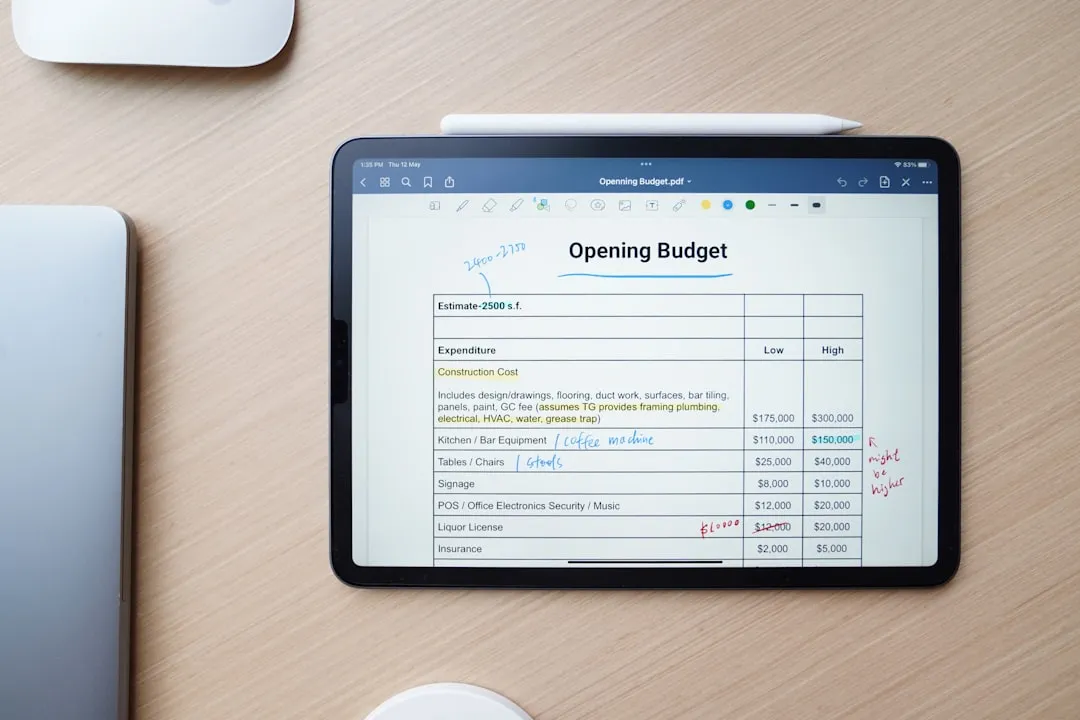

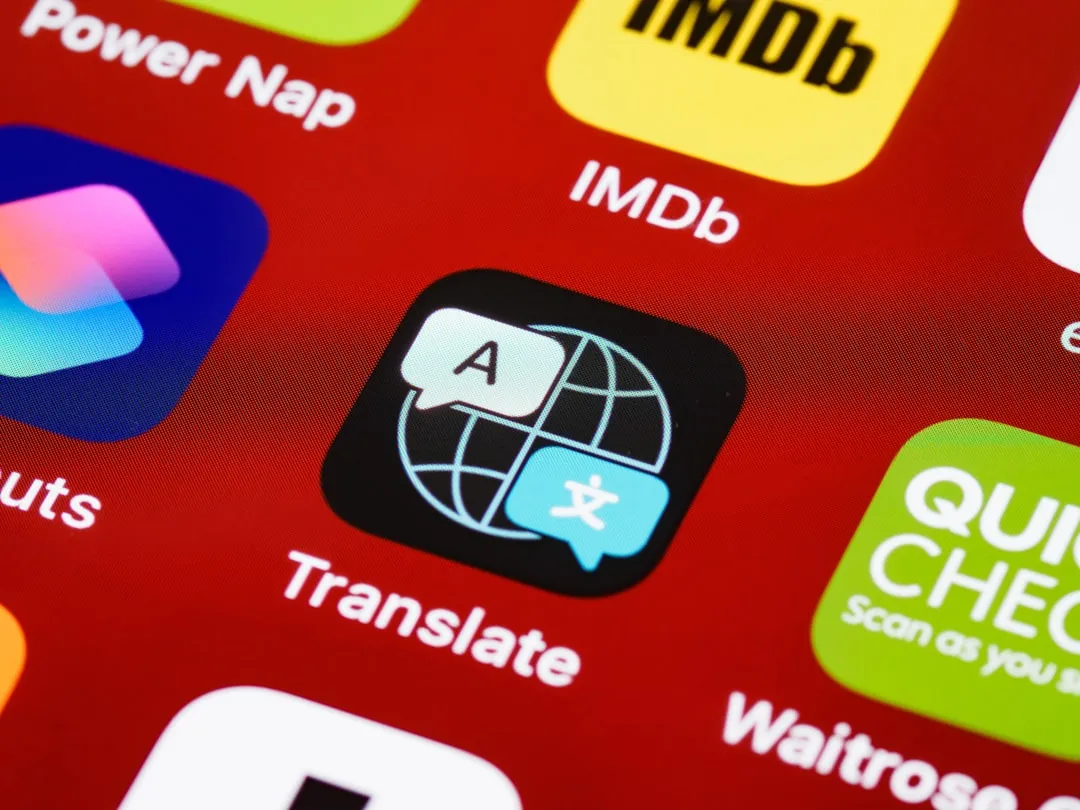



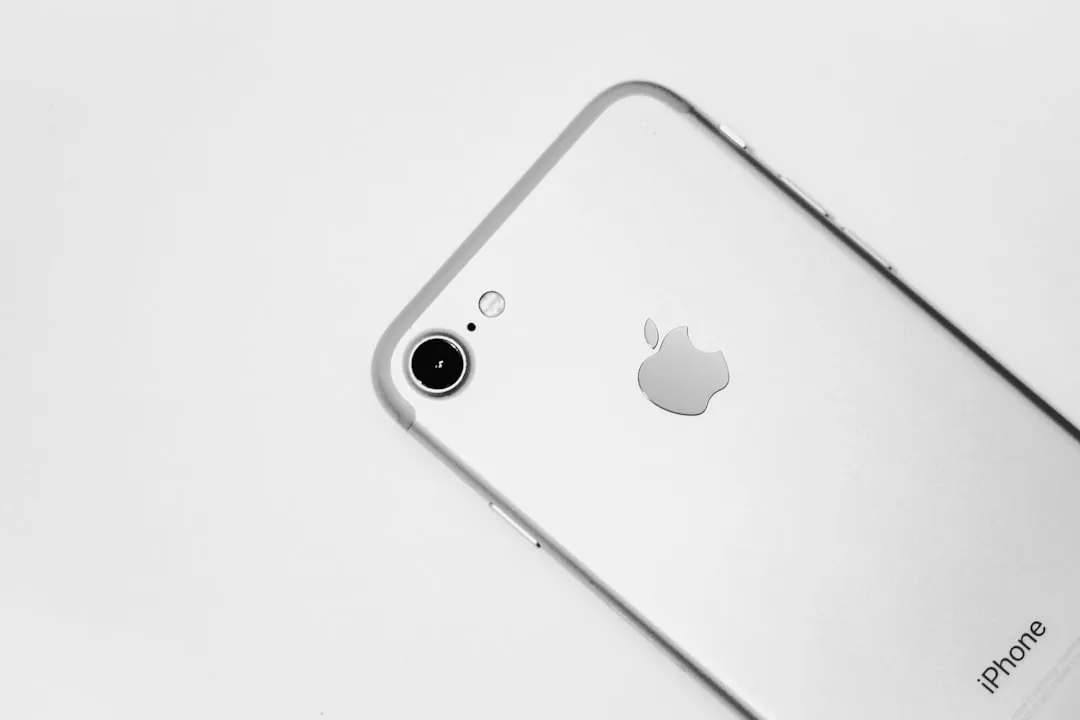

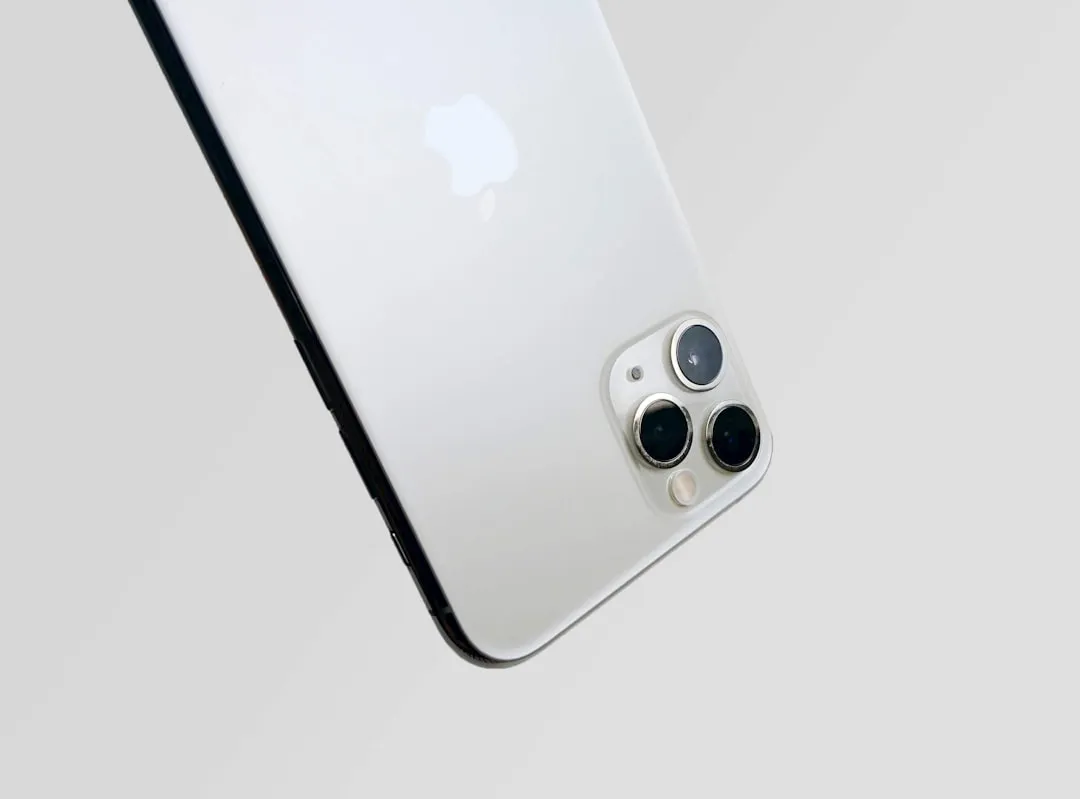




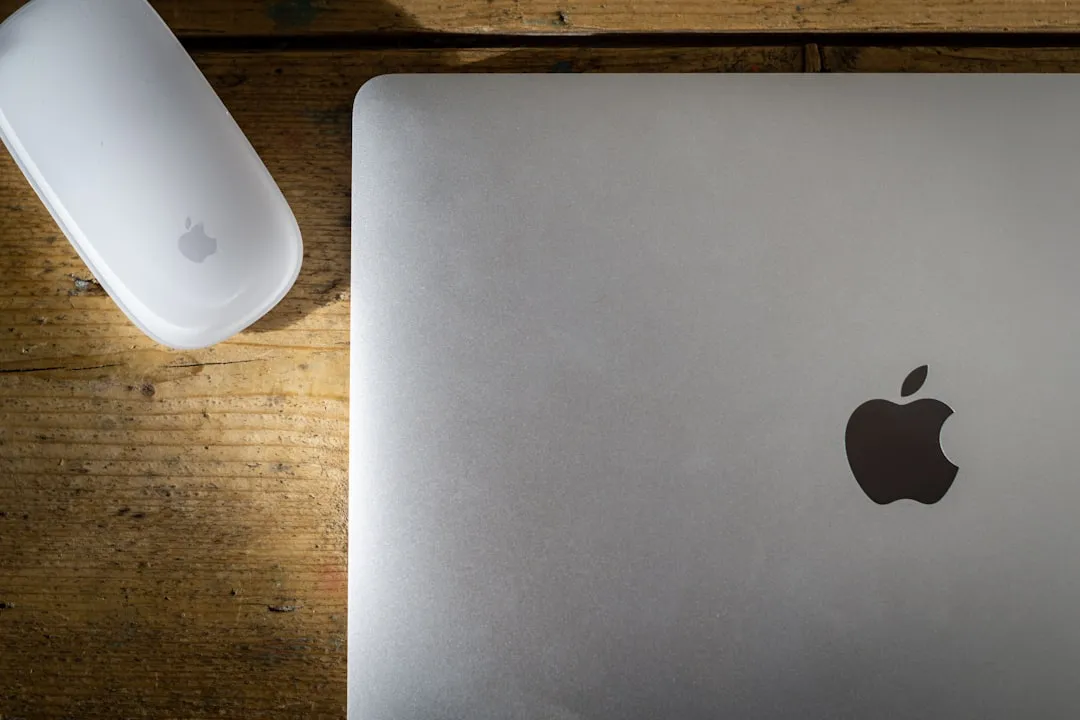

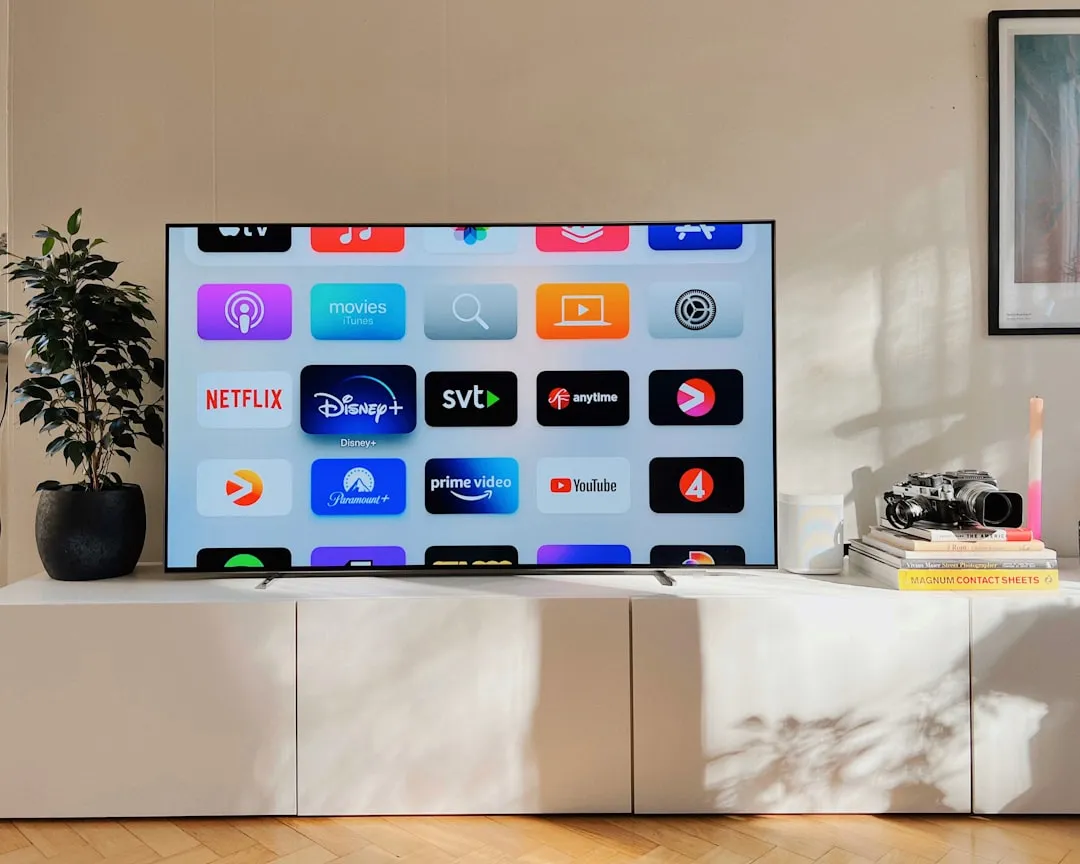

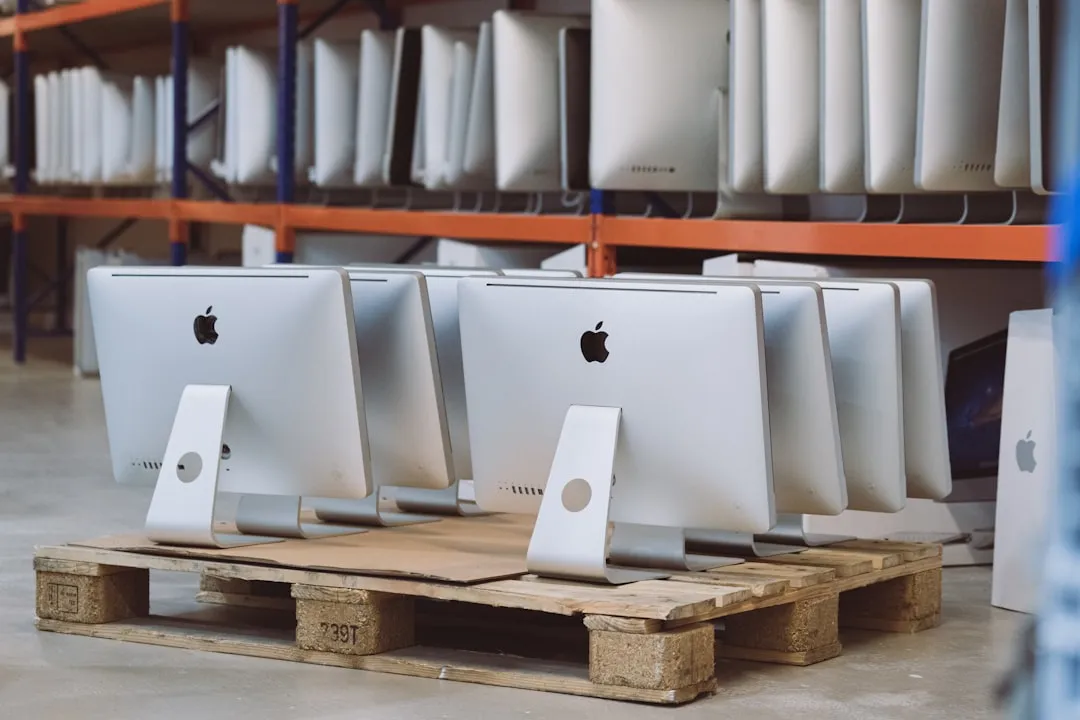
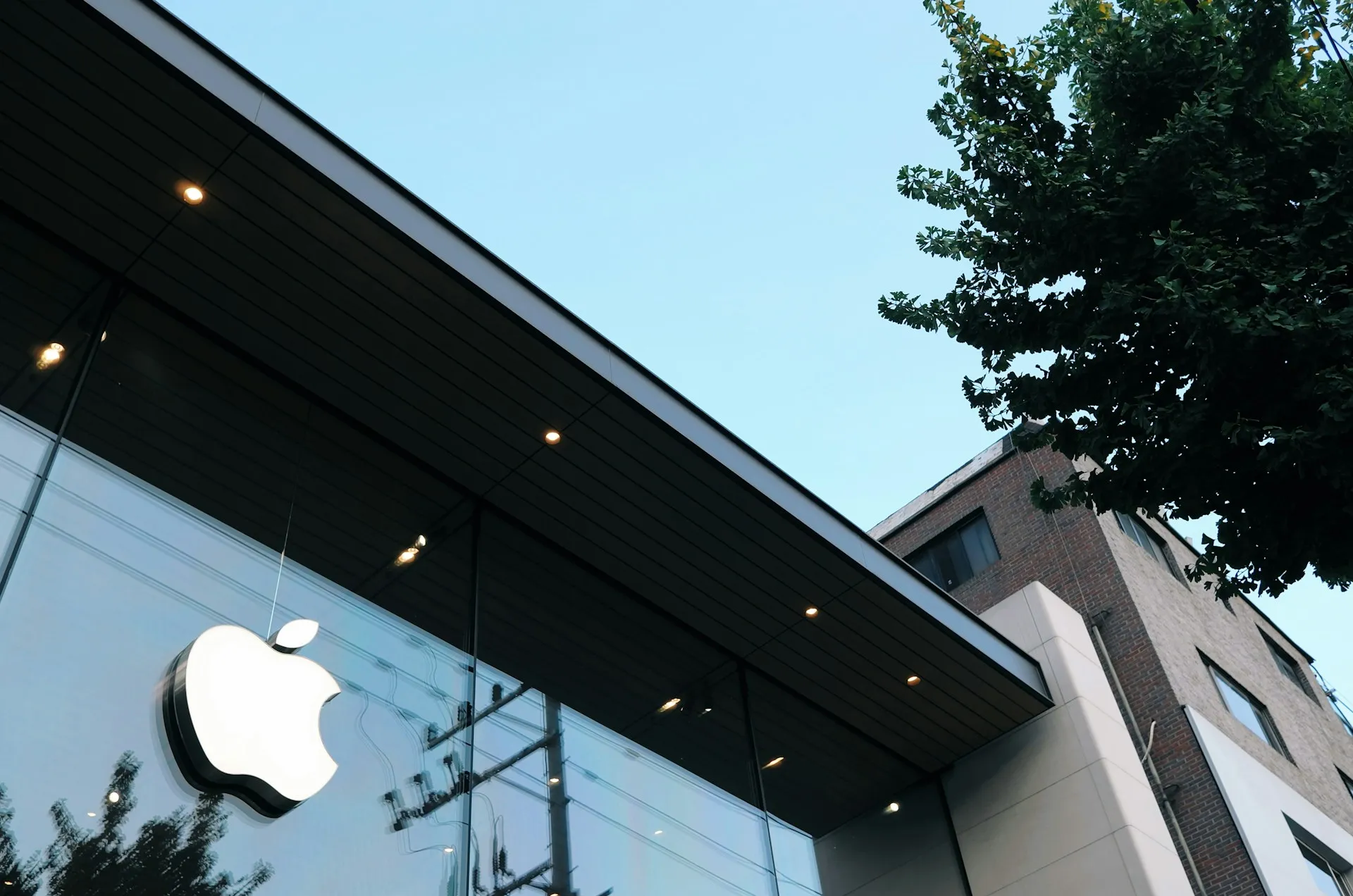

Comments
Be the first, drop a comment!